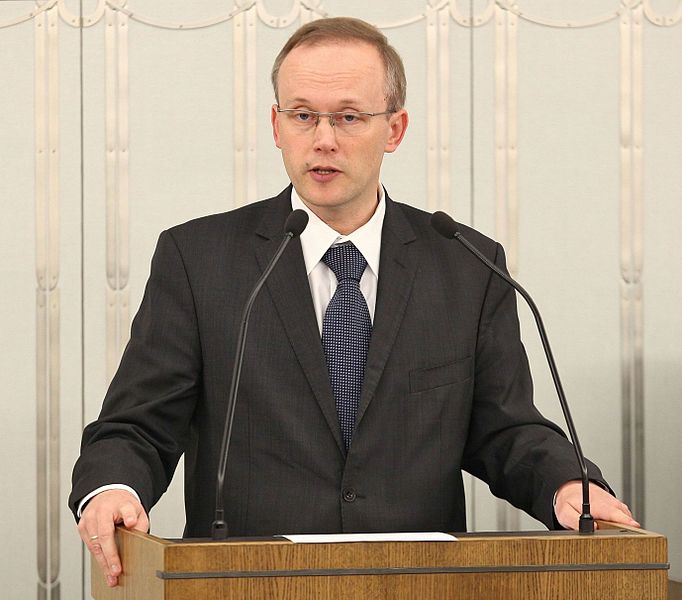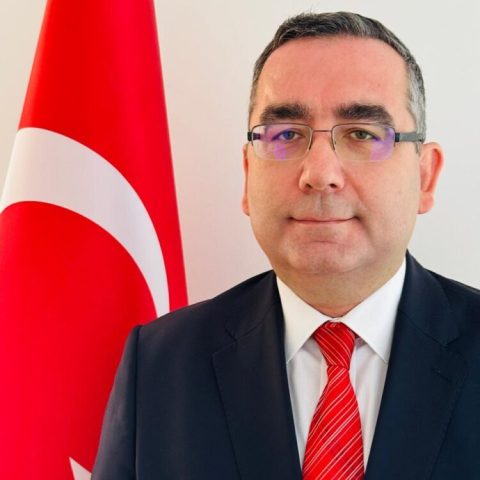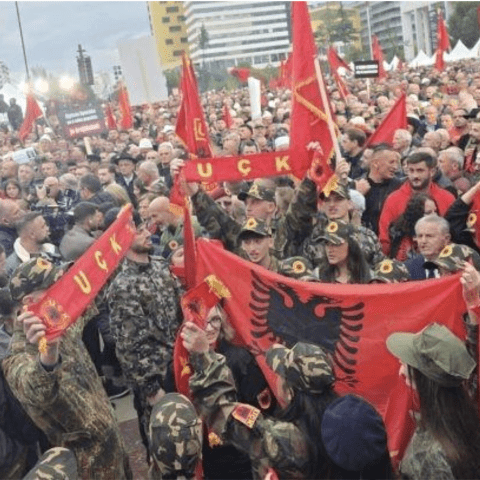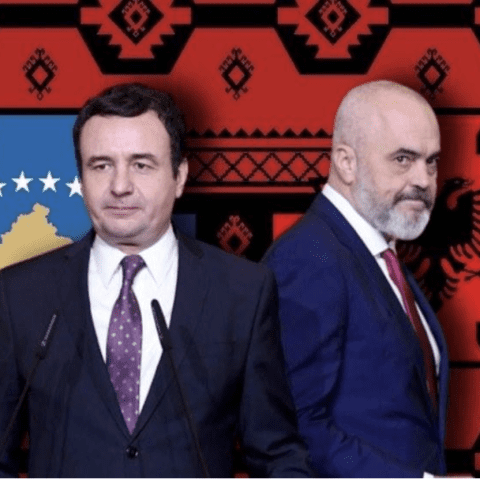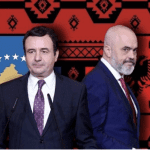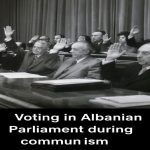By Łukasz Kamiński
Poles, similarly to other nations in Russia, were targeted by communist persecution nearly since the first days after the Bolshevik coup. After the Polish-Bolshevik war was ended and the Peace of Riga signed (1921), inhabitants of pre-partition Polish territories were allowed to resettle in Poland. Over 1,1 mil people took this opportunity, at least as many remained in the Soviet Union. They were repressed similarly to other citizens – sentenced to prison and forced labour camps, deprived of their possessions, and deported. However, no precise data about the number of persecuted Poles can be given.
It is only possible in case of the so-called “Polish operation” of the NKVD, conducted in years 1937-1938. During its course 140 thousand Poles were arrested, out of which 111 thousand were executed, the rest sentenced to Gulag camps. At the same time about 50 thousand people were resettled to Siberia and Kazakhstan due to mass deportations. It was a harbinger of the fate awaiting Poles under the Soviet occupation.
On the 23rd of August 1939 Joachim von Ribbentrop and Vyacheslav Molotov signed the nonaggression treaty between Germany and the Soviet Union. Its secret annex divided the territory of Poland, and a few other Central European countries, between the new allies. It was the last step leading to the outbreak of World War II. In September 1939 Germans and Soviets subsequently attacked Poland.
52% of the Polish territory and almost 40% of the population was under Soviet occupation. The Katyń Crime became a symbol of the atrocities committed by Soviet communists. Basing on the single decision of the Political Bureau from the 5th of March 1940, almost 22 thousand people were murdered by a shot to the back of the head – war prisoners, prison and border guards, police officers, political prisoners. Among them were thousands of representatives of Polish elites – scientists, artists, lawyers, teachers, priests of all religions and denominations. The repressions were not limited to this crime – 330 thousand people were deported to the east, dozens of thousands were sentenced to Gulag camps. After the start of the Soviet-German war in June 1941 the NKVD murdered at least 10 thousand prisoners, who they didn’t manage to evacuate.
The graves of those murdered in Katyń were discovered in 1943. The fact that the Polish government-in-exile asked the Red Cross Committee to investigate was a reason for Stalin to sever all diplomatic relations, re-established in 1941. This way he had complete freedom in preparing a communist future for Poland. The Red Army entered the Polish territory in January 1944. Soon after, arrests of members of the Polish underground started. Even soldiers of the Home Army, who fought alongside the Soviets during the liberation of Vilnius and Lviv in July 1944, were arrested or interned. Those actions were continued in the following months. Altogether about 40 thousand soldiers of the Polish underground military were sent to camps in the Soviet Union until 1945.
Stalin commenced building the communist government only after crossing the Bug river (which in his vision constituted a new eastern border of Poland). In July 1944 a quasi-government was established in Moscow, the Polish Committee of National Liberation. It included a public security office, which was the seed of the communist security apparatus. It was, along propaganda and army, one of the main pillars supporting the communists’ rule until 1989. The broader repression apparatus also comprised military secret services (for the first 10 years commanded by Soviet officers) and military courts. The latter sentenced a few hundred opponents of the regime to death in the second half of 1944 alone, until 1956 about 8 thousand death sentences were passed, including over 5 thousand for political reasons.
The Soviet security apparatus, including a whole division of NKVD troop, openly operated on the Polish territory until 1947. 50-60 thousand people were taken from Pomerania and Silesia to the USSR for forced labour. During the Yalta conference, during which the change of Polish borders was approved according to Stalin’s demands, the decision to create a new government was also made. Those decisions were rejected by the Polish government-in-exile, however leaders of the Polish Underground State, despite criticizing Yalta, declared readiness for negotiations on creating a new government. Instead they were arrested, sent to Moscow and sentenced under false accusations. Three of them, including the deputy prime minister and delegate for Poland Jan. S. Jankowski, and the commander of the Home Army gen. Leopold Okulicki, died in prison. However, the biggest Soviet crime after the war was the huge operation of NKVD and the Red Army, the “Augustów roundup” (July 1945). 7 thousand people suspected of cooperating with the underground were arrested, 600 of them were killed in a place still unknown.
Altogether introducing the communist system in Poland claimed about 50 thousand lives: killed in combat and during pacification, murdered during investigation, deceased in camps and prisons. The total number of repressed people is unknown, due to destruction of documents. Only partial data is known – during the period of collectivisation over half a million farmers were sentenced to various punishments (from fines, to arrests, imprisonments and labour camps). Just the Commission for Combating Economic Abuse and Sabotage, set up in late 1945, sent more than 84 000 persons to labour camps, yet the actual number of the inmates was higher as the camps were filled also with those sentenced by courts. It is estimated that the total number of the detained was even as high as 350 000. Moreover, 200 thousand young people with a “wrong” descent were forced to labour (mostly in mines) during military service. The data of 5 400 000 Poles (a quarter of the population!), suspected for various reasons, were kept in the archives of the Ministry of Public Security.
The terror lightened after the changes of 1956, however still in June a riot in Poznań was bloodily suppressed – 58 were killed, hundreds wounded. In the following years far less sentences were passed than during the Stalinism period, though still hundreds of people were sentenced yearly for political reasons. They were members of small social organizations, participants of demonstrations, defenders of the religious freedom as well as intellectuals opposing the regime. In 1963 the last partisan of the anti-communist underground – Józef Franczak – was shot. During the youth upheaval in March 1968, 2500 people were arrested, a few hundred were sentenced to prison. The society’s rebellion in December 1970 was suppressed at the cost of 45 deaths and over 1100 wounded.
The next few years were some of the least harsh in the post-war history of Poland. The number of political prisoners fell to a few dozen yearly, other forms of repression were decreased. The next wave of persecution came after the strikes and demonstrations of June 1976. 586 people were sentenced to punishments ranging from a few months to 10 years of prison. The scale of the repressions was a catalyst for new social organizations. Ultimately the wave of strikes of August 1980 ended with the creation of the Independent Self-governing Trade Union “Solidarity”.
The communist authorities responded in December 1981 by imposing martial law. During its course, and after, at least 56 people were killed, mostly due to pacifications of strikes and demonstrations, and assassinations (including the murder of the father Jerzy Popiełuszko, now blessed of Catholic church). The last three Catholic priests supporting the opposition were murdered in 1989. Almost 10 thousand people were interned, 11 thousand were sentenced (just until the first half of 1983) to prison, tens of thousands were arrested for various periods. Purges were organized in many communities.
As you can see, repressions accompanied the communist system in Poland from the very beginning to the very end. Thousands of crimes were committed. Unfortunately most of them haven’t been punished and dealt with. The first attempt was made already in 1989. After the partially free election the parliament created the so called Rokita commission (named by its chairman), which was tasked with investigating murders from the 80s. Despite the constant obstacles put in its way by the Ministry of Internal Affairs, still controlled by the communists, in 88 cases collected materials were sent to the prosecution. Only some of them made it to court, the trials lasted as much as 15 years, and the sentences were, for the most part, unsatisfying for the families of the victims.
In 1991 a new category – “Stalinist crime” – was introduced to the legal system. It allowed for prosecuting the perpetrators of crimes from 1939-1956. As a reason indictments against nearly 100 criminals were sent to court, the sentences reached 10 years of prison.
The growing discontent with the process of dealing with the past caused the creation of the Institute of National Remembrance – Commission for the Prosecution of Crimes against the Polish Nation in 2000. At the same time a formal definition of communist crime was created, allowing for the prosecution of crimes committed up to 1989. As a result, acts of prosecution against more than 500 people were sent to court, the last one at the end of January 2020. Many more cases were investigated, but often the perpetrators are already dead (before the prosecution act was formulated, half of the suspects died), commonly evidence is missing as well.
Compared to the number of crimes, the number of punished criminals remains small. It is however good to remember, that in Poland, next to Germany, the most were punished out of all countries harmed by communism.

